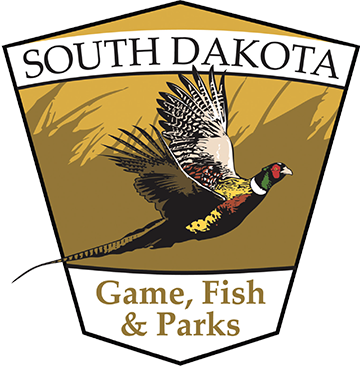Zebra Mussel Discovered in Pactola Reservoir
July 14, 2022Pierre, S.D. – The South Dakota Department of Game, Fish and Parks (GFP) and the U.S. Bureau of Reclamation (BOR) have confirmed the presence of zebra mussels in Pactola Reservoir in Pennington County.
"We received an image of a possible zebra mussel that had been found on a pair of sunglasses while an individual was spear fishing in Pactola Reservoir," said Aquatic Invasive Species Coordinator, Tanner Davis. "Upon further investigation via water sampling by BOR, free-swimming zebra mussel larvae, called veligers, were found in two of the four samples collected.”
Pactola Reservoir is now considered infested with zebra mussels.
This is another reminder that all boaters and water users need to make sure they are practicing 'clean, drain, dry' every time they are on the water," said fisheries chief John Lott.
• Clean watercraft and trailers of all aquatic plants and mud.
• Drain all water by removing all drains, plugs, bailers, or valves that retain water. Be sure to completely drain your lower unit of any water by lowering completely.
• Dry all equipment that has made contact with the water before it's next use.
All watercraft encountering a Watercraft Inspection/Decontamination (WID) station including non-motorized watercraft (canoes, kayaks, SUPs, and inflatables) need to be inspected. GFP has inspection stations at all larger western reservoirs. Inspection stations are the first line of defense in preventing the spread of aquatic invasive species. GFP WID stations are equipped with hot water sprayers (140-120˚F) that are able to kill any residual invasive mussel tissue or other aquatic invasive species.
Completely draining and drying a boat are the first steps in making sure invasive species are not transferred to other waters. It is important to note that invasive Zebra/Quagga mussels can survive up to 30 days out of water.
Mid-summer is a great time to start looking at submersed equipment such as boat docks, boat lifts, and hard substrate such as rocks and woody debris for zebra mussels. Zebra mussels can vary in size, depending on the age of the mussel. Newly formed mussels can be as microscopic as grains of sandpaper, while adults can grow to two inches in length. GFP encourages boaters to feel along their watercraft below the waterline for any roughness which may indicate that newly formed mussels, called settlers, may have attached.
For more information on zebra mussels, other aquatic invasive species, and how to properly decontaminate your watercraft, or to report potential infestations please visit sdleastwanted.sd.gov and report findings on the Citizen Monitoring page or email tanner.davis@state.sd.us.
View All News

